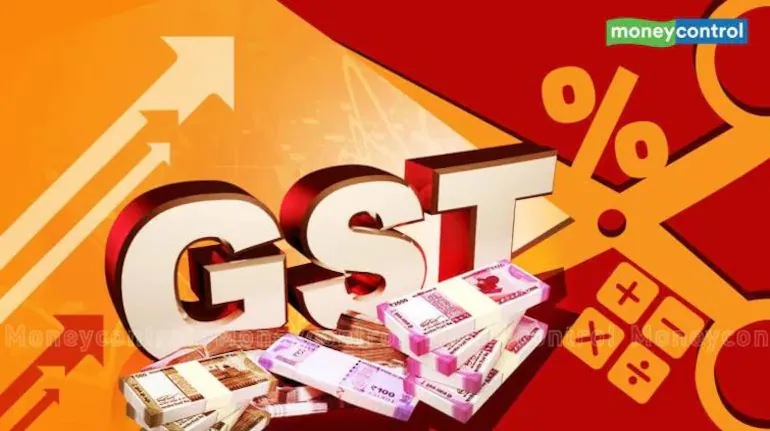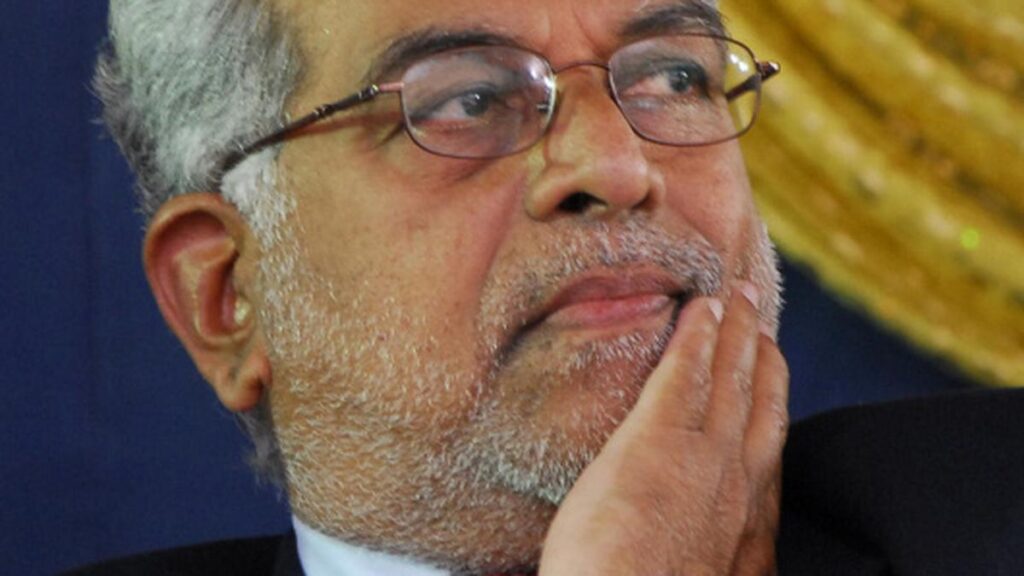Rama Krishna Sangem
Prime Minister Narendra Modi has surprised the nation by announcing GST.20 reforms that will be implemented by this year Diwali. What caught our attention is that he made this announcement in his speech from the ramparts of Red Fort on August 15, Independence Day. Usually, our PMs use this opportunity to lecture us on how we got our freedom in the midnight of August 14, 1047 and how we made rapid progress on all fronts etc.
But, this time, Modi, in his 12th speech as PM, took a diversion from the pattern of previous speeches. He outlined a road-map for economic and social reforms he proposes to take in the next few years. He even spelled out timelines for the reforms and fruits that ensue. For example, GST 2.0 will bring relief to public by Diwali. First Made in India semiconductor chip to be available by the end of 2025. A defence security system, called Sudarshan Chakra will be in place for the entire country by 2035 and finally, India to become a 10 trillion US dollar economy by 2047.
Just after the PM speech, the finance ministry has come up press releases saying that the present GST’s four slabs – 5, 12,18 and 28 per cent – will be reduced to just 2 – 5 and 18 per cent. That means, items in the other two slabs will be merged with those of the new ones. The PM also told us that common people, small entrepreneurs and farmers will benefit out the new tax rates. Compliance will be made simpler and the new rates will boost consumption.
What about tax harassment?
So far so good. But, what about the tax harassment by the GST authorities? This is the question that lingers on the minds of us all. In our country, whatever the economic or even tax reform is brought in, our tax authorities and bureaucracy knows how to make the provisions to harass the public. We haven’t yet forgotten, how our Income Tax officials had made huge monies during the demonetization in November 2016. Hundreds of crores rupees of hoarded money was shared between the officials and the hoarders.
I know how some of my friends recall how they were tortured by the tax officials with imaginary tax demand notices and calls for investigations. A simple notice is enough to fleece money from the tax payees. Some pay bribes to protect their money, while others, most of them, do that to evade the taxable money. In our country, it is a win-win situation for both the tax officials and payees. Top authorities are helpless and legal remedies take years to solve the matters.
Vivek Johri said it clearly
Vivek Johri, former chairman of Central Board of Indirect Taxes and Customs in his edit page article in The Economic Times on August 18, Monday clearly said that levels of GST notices from authorities have reached peaks. “In December 2023, GST authorities issued notices of around Rs 1.45 lakh crore to around 1,500 businesses citing inconsistencies in annual returns and input tax credit claims for financial year of 2018,” said Johri in his article. He, of course, made several suggestions to improve the system, which is far below our expectations.
If this is the level of highhandedness of our authorities, no amount of good intentions of any PM won’t serve purpose. Poor prime ministers of our country mostly live in dreams and come up with ambitious plans, but our steel-framed bureaucracy knows well how to survive those plans and perpetuate their vice-like grip on the systems. We need to see, if PM Modi’s promise of a Diwali gift will actually reach the ordinary GST payers!


